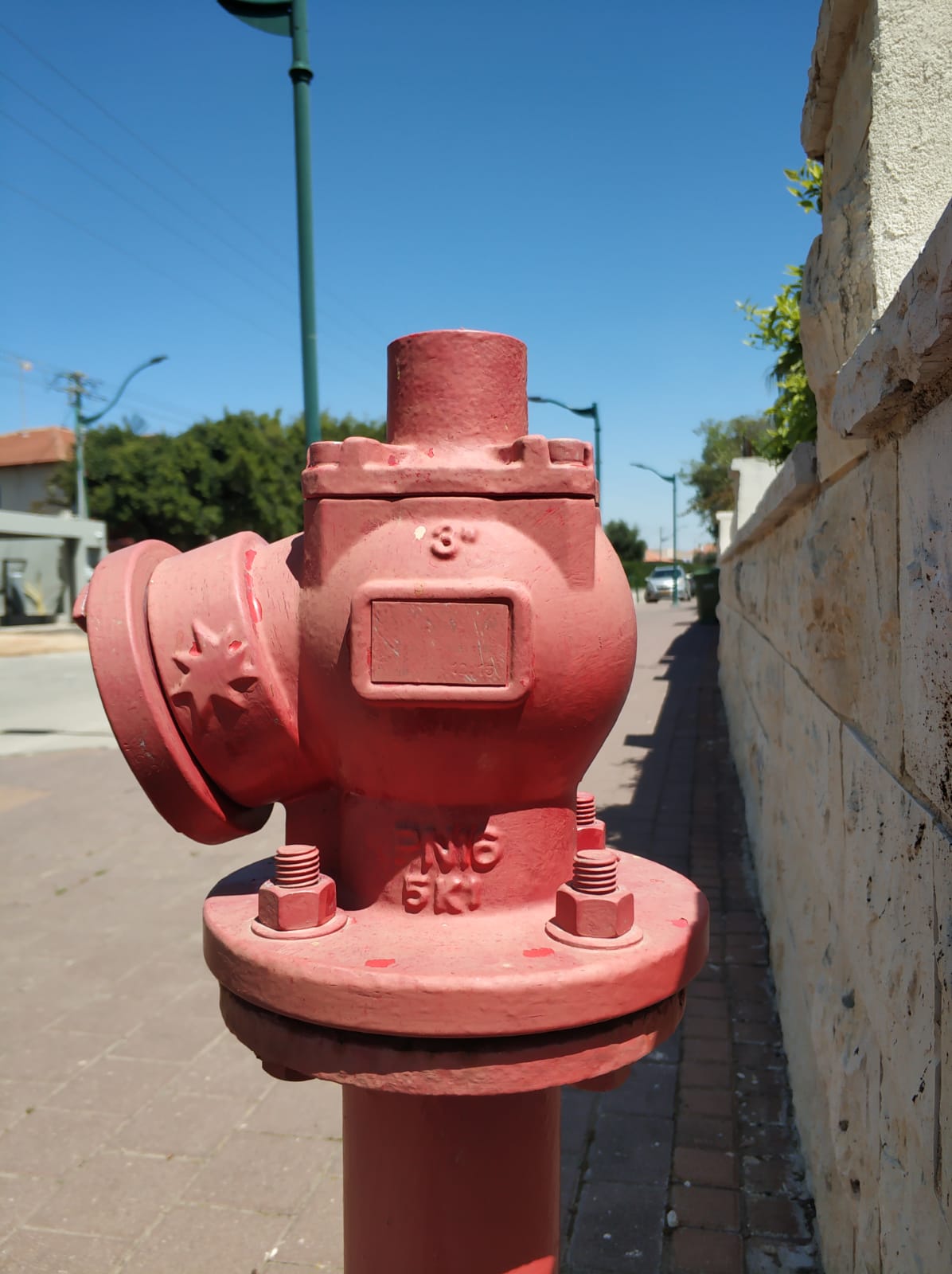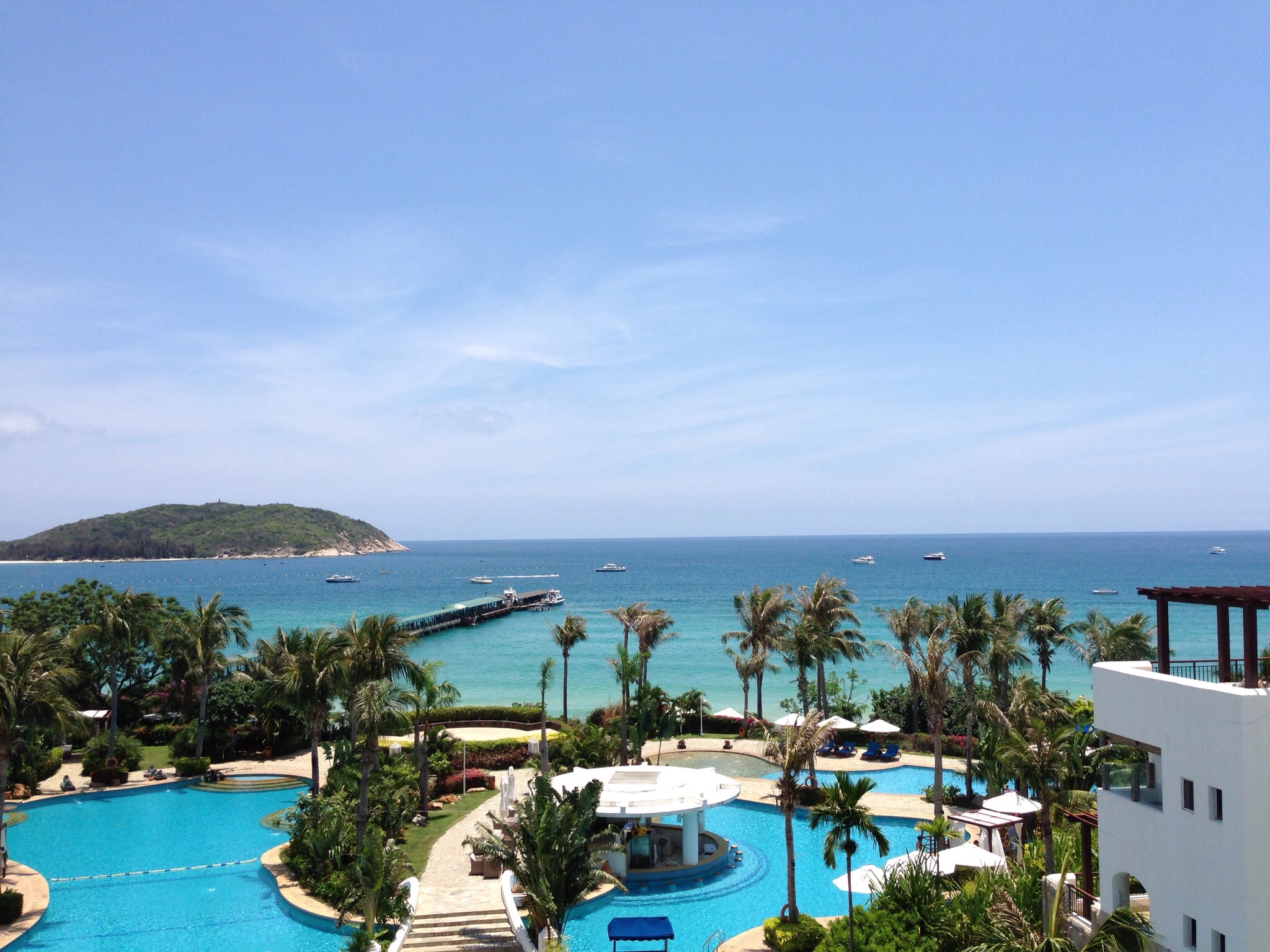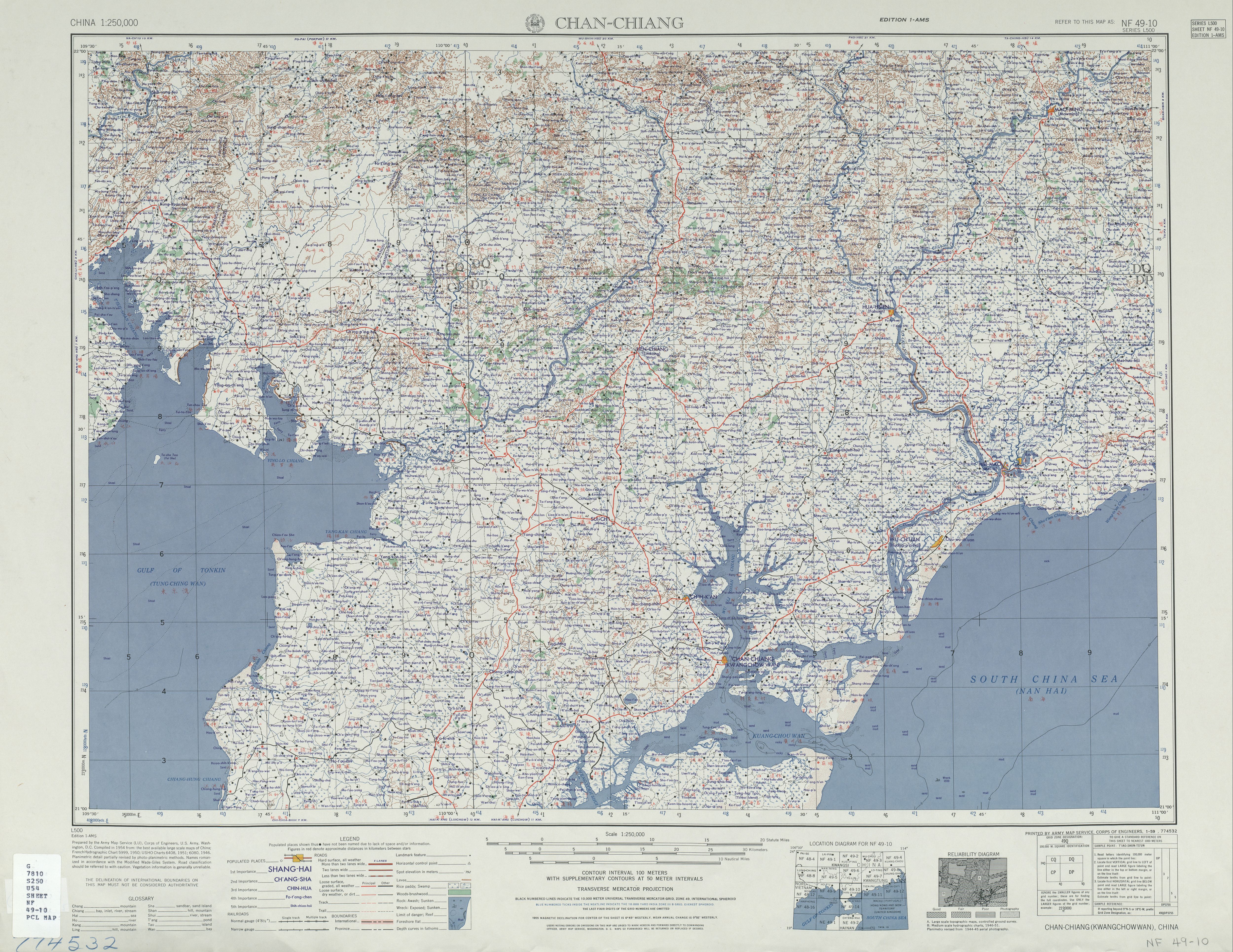|
Typhoon Pabuk (2007)
Typhoon Pabuk, known in the Philippines as Tropical Storm Chedeng, was a minimal typhoon that formed on August 5, 2007. The system made landfall on Taiwan on August 7, and on August 9 Pabuk passed to the south of Hong Kong. Meteorological history On August 4, the Japan Meteorological Agency began monitoring a tropical depression. The system continued to strengthen, and the Joint Typhoon Warning Center issued a Tropical Cyclone Formation Alert on the system early the next day, noting that its environment was "strongly favorable for development". The Japan Meteorological Agency designated the system Tropical Storm Pabuk shortly after. The JTWC designated the system Tropical Storm 07W at about the same time, and on August 5 PAGASA named the system Chedeng. As Pabuk continued to move to the northwest, it gained some organisation as it slowly developed outflow. It was upgraded by the JMA to a severe tropical storm on August 6. Moving westwards towards Taiwan, an area of convection sout ... [...More Info...] [...Related Items...] OR: [Wikipedia] [Google] [Baidu] |
Philippines
The Philippines (; fil, Pilipinas, links=no), officially the Republic of the Philippines ( fil, Republika ng Pilipinas, links=no), * bik, Republika kan Filipinas * ceb, Republika sa Pilipinas * cbk, República de Filipinas * hil, Republika sang Filipinas * ibg, Republika nat Filipinas * ilo, Republika ti Filipinas * ivv, Republika nu Filipinas * pam, Republika ning Filipinas * krj, Republika kang Pilipinas * mdh, Republika nu Pilipinas * mrw, Republika a Pilipinas * pag, Republika na Filipinas * xsb, Republika nin Pilipinas * sgd, Republika nan Pilipinas * tgl, Republika ng Pilipinas * tsg, Republika sin Pilipinas * war, Republika han Pilipinas * yka, Republika si Pilipinas In the recognized optional languages of the Philippines: * es, República de las Filipinas * ar, جمهورية الفلبين, Jumhūriyyat al-Filibbīn is an archipelagic state, archipelagic country in Southeast Asia. It is situated in the western Pacific Ocean and consists of aro ... [...More Info...] [...Related Items...] OR: [Wikipedia] [Google] [Baidu] |
Guangdong
Guangdong (, ), alternatively romanized as Canton or Kwangtung, is a coastal province in South China on the north shore of the South China Sea. The capital of the province is Guangzhou. With a population of 126.01 million (as of 2020) across a total area of about , Guangdong is the most populous province of China and the 15th-largest by area as well as the second-most populous country subdivision in the world (after Uttar Pradesh in India). Its economy is larger than that of any other province in the nation and the fifth largest sub-national economy in the world with a GDP (nominal) of 1.95 trillion USD (12.4 trillion CNY) in 2021. The Pearl River Delta Economic Zone, a Chinese megalopolis, is a core for high technology, manufacturing and International trade, foreign trade. Located in this zone are two of the Chinese city tier system, four top Chinese cities and the List of Chinese prefecture-level cities by GDP, top two Chinese prefecture-level cities by GDP; ... [...More Info...] [...Related Items...] OR: [Wikipedia] [Google] [Baidu] |
Inch
Measuring tape with inches The inch (symbol: in or ″) is a unit of length in the British imperial and the United States customary systems of measurement. It is equal to yard or of a foot. Derived from the Roman uncia ("twelfth"), the word ''inch'' is also sometimes used to translate similar units in other measurement systems, usually understood as deriving from the width of the human thumb. Standards for the exact length of an inch have varied in the past, but since the adoption of the international yard during the 1950s and 1960s the inch has been based on the metric system and defined as exactly 25.4 mm. Name The English word "inch" ( ang, ynce) was an early borrowing from Latin ' ("one-twelfth; Roman inch; Roman ounce"). The vowel change from Latin to Old English (which became Modern English ) is known as umlaut. The consonant change from the Latin (spelled ''c'') to English is palatalisation. Both were features of Old English phonology; see ... [...More Info...] [...Related Items...] OR: [Wikipedia] [Google] [Baidu] |
Millimetre
330px, Different lengths as in respect to the electromagnetic spectrum, measured by the metre and its derived scales. The microwave is between 1 meter to 1 millimeter. The millimetre (American and British English spelling differences#-re, -er, international spelling; International System of Units, SI unit symbol mm) or millimeter (American and British English spelling differences#-re, -er, American spelling) is a Units of measurement, unit of length in the International System of Units (SI), equal to one thousandth of a metre, which is the SI base unit of length. Therefore, there are one thousand millimetres in a metre. There are ten millimetres in a centimetre. One millimetre is equal to micrometres or nanometres. Since an inch is officially defined as exactly 25.4 millimetres, a millimetre is equal to exactly (≈ 0.03937) of an inch. Definition Since 1983, the metre has been defined as "the length of the path travelled by light in vacuum during a time interval of of a ... [...More Info...] [...Related Items...] OR: [Wikipedia] [Google] [Baidu] |
Hainan
Hainan (, ; ) is the smallest and southernmost province of the People's Republic of China (PRC), consisting of various islands in the South China Sea. , the largest and most populous island in China,The island of Taiwan, which is slightly larger, is claimed but not controlled by the PRC. It is instead controlled by the Republic of China, a '' de facto'' separate country. makes up the vast majority (97%) of the province. The name means "south of the sea", reflecting the island's position south of the Qiongzhou Strait, which separates it from Leizhou Peninsula. The province has a land area of , of which Hainan the island is and the rest is over 200 islands scattered across three archipelagos: Zhongsha, Xisha and Nansha. It was part of Guangdong from 1950–88, after which it resumed as a top-tier entity and almost immediately made the largest Special Economic Zone by Deng Xiaoping as part of the then-ongoing Chinese economic reform program. Indigenous peopl ... [...More Info...] [...Related Items...] OR: [Wikipedia] [Google] [Baidu] |
Zhanjiang
Zhanjiang (), historically spelled Tsamkong, is a prefecture-level city at the southwestern end of Guangdong province, People's Republic of China, facing Haikou city to the south. As of the 2020 census, its population was 6,981,236 (6,994,832 in 2010) whom 1,931,455 lived in the built-up (or metro) area consisting of four urban districts: Chikan, Xiashan, Potou and Mazhang. In 2007, the city was named China's top ten livable cities by Chinese Cities Brand Value Report, which was released at 2007 Beijing Summit of China Cities Forum. History Imperial China era During the Qin Dynasty (221–206 BC), the area belonged to Xiang Shire. The imperial government of the Han Dynasty (206 BC−220 AD) set Xuwen County as the administrator of the whole Leizhou Peninsula. It was one of the earliest departure points on the Maritime Silk Road. It was a city port soon after. Great numbers of Putian colonists settled in the Leizhou peninsula, establishing colonies during t ... [...More Info...] [...Related Items...] OR: [Wikipedia] [Google] [Baidu] |
Weather Radar
Weather radar, also called weather surveillance radar (WSR) and Doppler weather radar, is a type of radar used to locate precipitation, calculate its motion, and estimate its type (rain, snow, hail etc.). Modern weather radars are mostly pulse-Doppler radars, capable of detecting the motion of rain droplets in addition to the intensity of the precipitation. Both types of data can be analyzed to determine the structure of storms and their potential to cause severe weather. During World War II, radar operators discovered that weather was causing echoes on their screen, masking potential enemy targets. Techniques were developed to filter them, but scientists began to study the phenomenon. Soon after the war, surplus radars were used to detect precipitation. Since then, weather radar has evolved on its own and is now used by national weather services, research departments in universities, and in television stations' weather departments. Raw images are routinely used and special ... [...More Info...] [...Related Items...] OR: [Wikipedia] [Google] [Baidu] |
Eluanbi
Cape Eluanbi or Oluanpi, also known by other names, is the southernmost point on the island of Taiwan. It is located in within the Hengchun Township in Pingtung County. Names ''Éluánbí'' is the pinyin romanization of the Mandarin pronunciation of its Chinese name These characters literally mean "Goose Bell Nose", but actually transcribe the local Hokkien pronunciation ''Gô-lôan'', used as a transliteration of the Paiwan ' ("sail"). This may be a reference to nearby Sail Rock. The "nose" in the name is a dialectical term for a cape, as in nearby Cape Maobitou. Under the Qing, it was sometimes known as "Linhaishan". Under Japanese rule, the cape was known as or Garanbi from the Japanese pronunciation of characters in Eluanbi. It is also sometimes known as or Oluanpi; as Gaw-loan-phi, Ngoluanpi, or from its Hokkien pronunciation; or as from its position. Geography Eluanbi is the southernmost point of the Hengchun Peninsula, making it the southernmost point on F ... [...More Info...] [...Related Items...] OR: [Wikipedia] [Google] [Baidu] |
United States Dollar
The United States dollar (symbol: $; code: USD; also abbreviated US$ or U.S. Dollar, to distinguish it from other dollar-denominated currencies; referred to as the dollar, U.S. dollar, American dollar, or colloquially buck) is the official currency of the United States and several other countries. The Coinage Act of 1792 introduced the U.S. dollar at par with the Spanish silver dollar, divided it into 100 cents, and authorized the minting of coins denominated in dollars and cents. U.S. banknotes are issued in the form of Federal Reserve Notes, popularly called greenbacks due to their predominantly green color. The monetary policy of the United States is conducted by the Federal Reserve System, which acts as the nation's central bank. The U.S. dollar was originally defined under a bimetallic standard of (0.7735 troy ounces) fine silver or, from 1837, fine gold, or $20.67 per troy ounce. The Gold Standard Act of 1900 linked the dollar solely to gold. From 1934, its ... [...More Info...] [...Related Items...] OR: [Wikipedia] [Google] [Baidu] |
Manila
Manila ( , ; fil, Maynila, ), officially the City of Manila ( fil, Lungsod ng Maynila, ), is the capital city, capital of the Philippines, and its second-most populous city. It is Cities of the Philippines#Independent cities, highly urbanized and, as of 2019, was the world's List of cities proper by population density, most densely populated city proper. Manila is considered to be a global city and rated as an Alpha – City by Globalization and World Cities Research Network (GaWC). It was the first chartered city in the country, designated as such by the Philippine Commission Act 183 of July 31, 1901. It became autonomous with the passage of Republic Act No. 409, "The Revised Charter of the City of Manila", on June 18, 1949. Manila is considered to be part of the world's original set of global cities because its commercial networks were the first to extend across the Pacific Ocean and connect Asia with the Hispanic America, Spanish Americas through the Manila galleon, galleon ... [...More Info...] [...Related Items...] OR: [Wikipedia] [Google] [Baidu] |
Compostela Valley
Davao de Oro, officially the Province of Davao de Oro ( ceb, Lalawigan sa Davao de Oro; tgl, Lalawigan ng Davao de Oro), is a province in the Philippines located in the Davao Region in Mindanao. Its capital is Nabunturan. It used to be part of the province of Davao del Norte until it was made a separate province in 1998. The province borders Davao del Norte to the west, Agusan del Sur to the north, and Davao Oriental to the east. To the southwest lies the Davao Gulf. The first elected governor was Jose Caballero, formerly a lawyer for a mining group in the province. It was formerly known as Compostela Valley (shortened to ComVal; ceb, Kawalogang Kompostela) from its inception until December 2019, when a plebiscite ratified the law that proposed to rename the province to Davao de Oro. History Davao de Oro, the 78th province in the country, was created out of Davao del Norte Province by virtue of ''Republic Act No. 8470'', signed by President Fidel V. Ramos on January 30, 1998. ... [...More Info...] [...Related Items...] OR: [Wikipedia] [Google] [Baidu] |
Maco, Compostela Valley
Maco, officially the Municipality of Maco ( ceb, Lungsod sa Maco; tl, Bayan ng Maco), is a 1st class municipality in the province of Davao de Oro, Philippines. According to the 2020 census, it has a population of 83,237 people. It was formerly part of the Municipality of Mabini before becoming an independent municipality on June 17, 1967. Geography Climate Barangays Maco is politically subdivided into 37 barangays. Demographics In the 2020 census, the population of Maco, Davao de Oro, was 83,237 people, with a density of . Economy Festivals and events ;''Fiesta ng Maco'': is celebrated every last Saturday of the month of June honoring "Inahan sa Kanunay'ng Panabang" (Mother of Perpetual Help). ;Kaimonan Festival: is an annual festival that starts on June 17 to the last Saturday of the same month. ''Kaimonan'' is a mansaka term for "thanksgiving". See also *List of renamed cities and municipalities in the Philippines The following is a list of renamed cities and ... [...More Info...] [...Related Items...] OR: [Wikipedia] [Google] [Baidu] |








